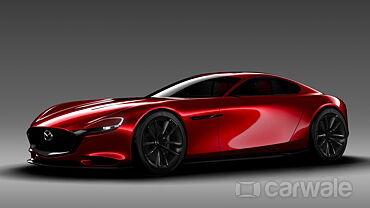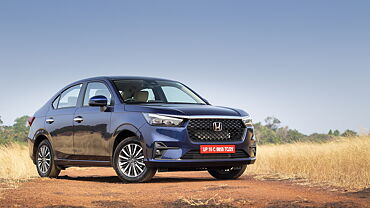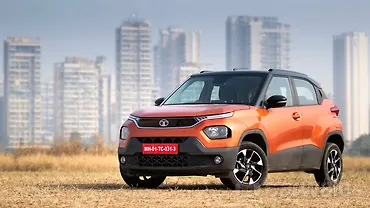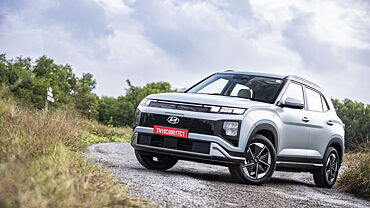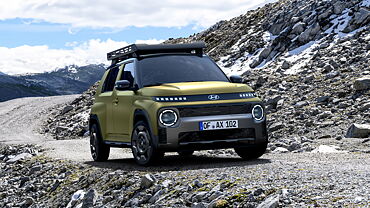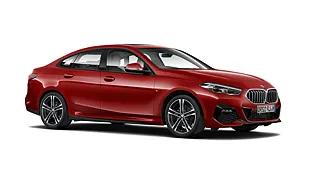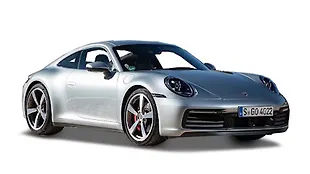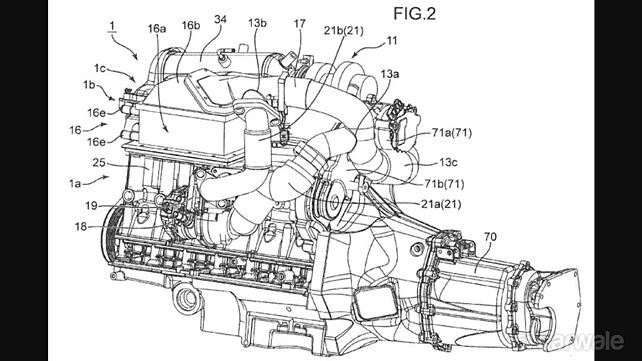
In an era of strict emission norms getting even stricter, charging downsized engines is the only way forward. Mazda, known for its rotary engines, has applied for the patent of a triple-charged engine concept in the US, but this one is an inline four-cylinder mill.
In Mazda’s words, the patent has been filed to provide a supercharging device for an engine, which can be enabled to protect an electric supercharger from exhaust heat while preventing deposition of condensed water within an intercooler and which is mountable on an engine in a compact matter.
In simpler words, Mazda has deployed an electric supercharger as well as a traditional turbocharger to increase specific output across the rev-range of the engine. In compact dimensions of modern cars, when the electric supercharger is stacked close to the engine, the chances of its failure due to thermal stresses are higher.
Also, when compressed, the intake air heats up which is why it is run through an intercooler to bring the intake air temperature down to increase the thermal efficiency of the engine. Since the intercooler has to provide for the entire rev-range, at low revs (like idling), the intercooling might lead to condensation of the water content in the air. If these droplets get accumulated, and the throttle is whacked wide open, there is a chance of this water entering the combustion chamber in large quantities resulting in potentially wrecking thermal shocks.

Mazda’s proposed layout puts the intercooler above the engine, instead of the traditional, in-front-of-the-engine setup, which will allow the water droplets to be consumed as and when they are formed by minimising accumulation. The electric supercharger has also been moved to the intake side of the engine which is rather cooler.
Now that we are done with the technical bits, the best thing about this engine layout is the definitive longitudinal placement for a front-engine rear-wheel drive setup. And since it is said to be a downsized engine, we can look at a 1.5-litre to 2.0-litre displacement with horsepower ranging from 275bhp to 400bhp, all going to the rear wheels. Imagine a Mazda MX-5 or a Miata with this beauty under the hood. Yes, the glorious days of rear-wheel drive might not be gone as yet.


